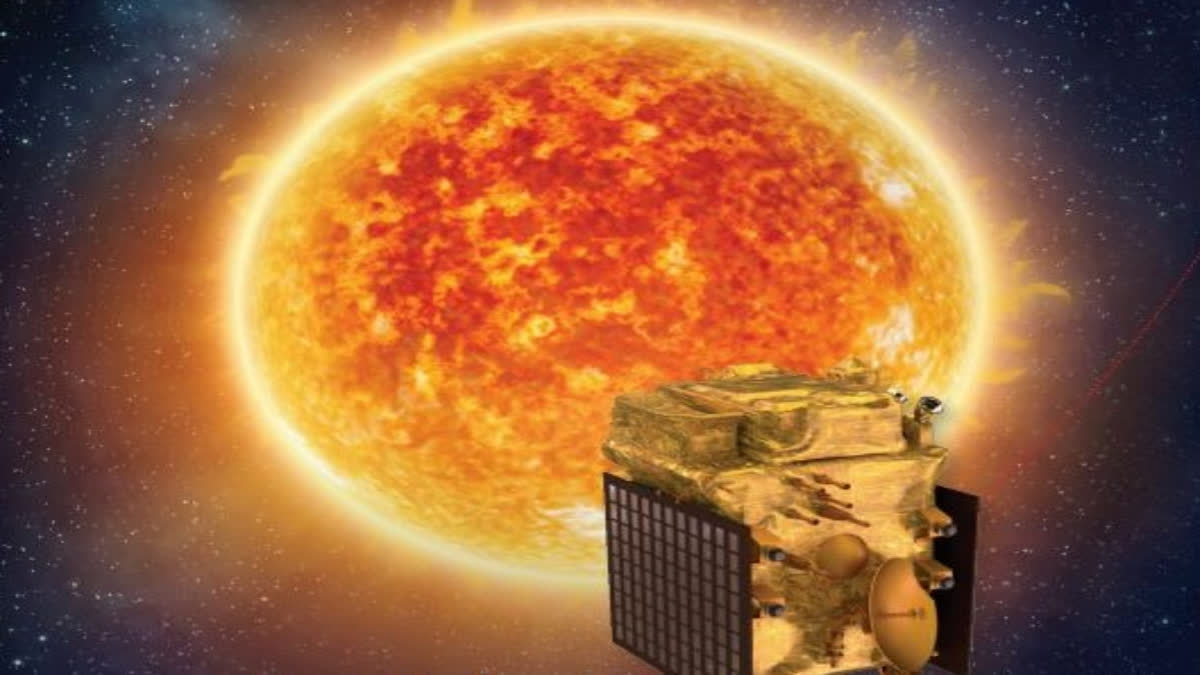Thiruvananthapuram: When the country's maiden solar mission, Aditya L1 onboard the reliable PSLV lifts off from Sriharikota on Saturday for its 125-day voyage towards the Sun, the liquid propulsion systems developed by a key ISRO arm here will play a crucial role in propelling it.
The Liquid Propulsion System Centre(LPSC) has been a proven centre of support for ISRO in all its space missions since its inception in 1987. The liquid and cryogenic propulsion systems have been the backbone of India's space ambitions, playing a crucial role in both PSLV and GSLV rockets.
Apart from this, the Liquid Apogee Motor developed by the LPSC has been crucial in satellite/spacecraft propulsion in India's major space achievements, be it the three Chandrayaan expeditions or the 2014 Mars Orbiter Mission (MOM). "Now we also play a large role in the Aditya L1 Mission--the Aditya spacecraft. which has a very interesting, very versatile thruster called LAM (Liquid Apogee Motor), which is delivering a thrust of 440 newtons," Dr A K Asraff, deputy director of LPSC told PTI.
He said LAM will be instrumental in putting the Aditya spacecraft into the Lagrangian orbit, locaed about 1.5 million kilometres away from the Earth. Aditya-L1 is designed for providing remote observations of the solar corona and in situ observations of the solar wind at L1 (Sun-Earth Lagrangian point). It will be launched by the Bengaluru-headquartered ISRO, onboard PSLV C57.
The LAM takes over the propulsion of the Aditya spacecraft when the launch vehicle's role is over. LAM developed by the LPSC is highly reliable, and has the impressive record of getting ignited after a hibernation of 300 days during the MOM in 2014. "It was a wonder of sorts during that time," a senior scientist at LPSC told PTI.
Similar to the MOM, in the Aditya mission, the LAM will be in hibernation for most of the 125-day flight. "The role of the LAM is to take the spacecraft to the Lagrangian point. The LAM thruster is solely used for propulsion. There is no braking involved, as we do not have any soft landings," the scientist added.
Also read: Aditya-L1 ready for launch: ISRO completes launch rehearsal of solar mission
Apart from the main LAM, LPSC has supplied eight numbers of 22-newton thrusters and four numbers of 10-newton thrusters. When LAM is used for orbital corrections, smaller thrusters are used for altitude changes.
The second and fourth stages, known as PS-2 and PS-4, of the Polar Satellite Launch Vehcile (PSLV) flight in the Aditya Mission are fully supplied by the LPSC. "Moreover, the control system such as SITVC (Secondary Injection Thrust Vector Control) and RCS (Roll control system) are totally indigenously developed and supplied to the launch vehicle by LPSC," Asraff said.
The SITVC system is the one that manages the steering of the PSLV and RCS nullifies the external perturbances to help the launch vehicle to continue on its planned trajectory. Asraff added the performance of PS2 and PS4 is very crucial for the success of the solar mission. LPSC has also supplied a number of flow control components to the launch vehicle.
Also read: Explained: Aditya-L1 mission, India's first space-based observatory to study the Sun
"Any small problem in any of the systems will lead to a very large mishap for this total mission. So we are taking extreme caution and care in delivering each system. As far as the Aditya L1 mission is concerned, all the thrusters are very very crucial. So we are ensuring 100 percent performance with trouble-free operation", Asraff added.
What boosts the confidence of these scientists is that it has the proven technology that is being used in the Aditya Mission. This is the 59th mission of the PSLV and the technology has worked flawlessly in almost all of the missions so far. "Satellite thrusters are also proven for all the satellite missions. So we are confident," he added.
Though the Aditya spacecraft is travelling closer to the sun, there are no concerns regarding temperature changes or the safety of the materials used. "The temperatures are similar to the space temperatures," an ISRO official said. (PTI)
Also read: Explained: All about Aditya-L1's SUIT payload imaging Sun's Photosphere, Chromosphere



